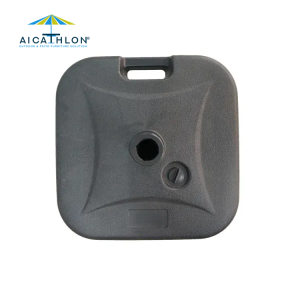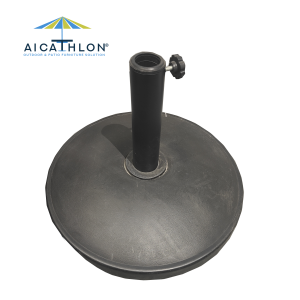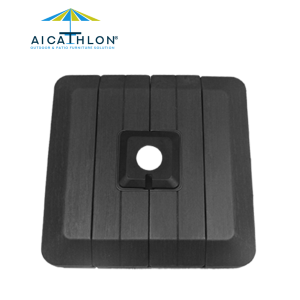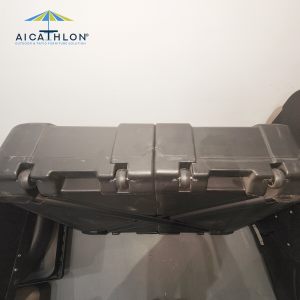More
Enhancing Outdoor Comfort: Choosing the Right Patio Umbrella Base Weight
Enhancing Outdoor Comfort: Choosing the Right Patio Umbrella Base Weight
Introduction:
A patio umbrella is a valuable addition to any outdoor space, providing much-needed shade and protection from the sun’s rays. To ensure the stability and functionality of your umbrella, selecting the appropriate weight for your patio umbrella base is crucial. In this comprehensive guide, we will explore the factors to consider when choosing the right umbrella base weight, helping you make an informed decision that ensures optimal performance and safety in various weather conditions.
-
Umbrella Size and Diameter:
The size and diameter of your patio umbrella play a significant role in determining the required base weight. Larger umbrellas with larger canopies are more susceptible to wind resistance, requiring a heavier base for stability. Consider the following general guidelines:
- For umbrellas with a diameter of 6 to 7.5 feet, a base weight of 30 to 40 pounds is recommended.
- Umbrellas with a diameter of 8 to 9 feet generally require a base weight of 40 to 60 pounds.
- Larger umbrellas with a diameter of 10 to 11 feet or more may need a base weight of 70 pounds or higher.
-
Weather Conditions:
The weather conditions in your area can greatly impact the stability of your patio umbrella. If you live in a windy region, it is essential to choose a base weight that can withstand strong gusts. Consider the following factors:
- Wind Speed: Determine the average wind speed in your area. Check local weather data or consult with a professional to get accurate information. This will help you select a base weight that can withstand the expected wind conditions.
- Wind Resistance: Consider the design of your umbrella and its ability to handle wind. Some umbrellas have built-in wind vents or additional reinforcement to minimize wind resistance.
- Windproofing Accessories: In areas with high winds, consider using additional windproofing accessories like umbrella tie-downs or sandbags to secure the base further.
-
Base Material:
The material of the umbrella base can affect its weight and stability. Common materials include cast iron, steel, and plastic. Consider the following:
- Cast Iron: Cast iron bases are known for their durability and stability. They tend to be heavier and provide excellent stability, making them ideal for areas with strong winds.
- Steel: Steel bases are durable and can offer a balance between weight and portability. They are suitable for moderately windy areas.
- Plastic: Plastic bases are lightweight and easily portable, but they may require additional weight for stability, especially in windier conditions.
-
Portability and Flexibility:
Consider the portability and flexibility of your patio umbrella base, especially if you plan to move it frequently or have a versatile outdoor space. Some bases come with wheels or handles for easier transportation. Others offer the flexibility of adding or removing weight plates to adjust the base’s weight according to your needs.
-
Manufacturer’s Recommendations:
Always refer to the manufacturer’s recommendations for the specific umbrella base you have or plan to purchase. Manufacturers often provide guidelines regarding the recommended base weight for their umbrellas based on size, design, and intended use. Following these recommendations ensures optimal performance and safety.
Conclusion:
Choosing the right patio umbrella base weight is essential for ensuring stability, functionality, and safety in your outdoor space. Consider the size and diameter of your umbrella, local weather conditions, base material, portability, and manufacturer’s recommendations when making your decision. By selecting an appropriate base weight, you can enjoy the shade and comfort of your patio umbrella while maintaining peace of mind, even in challenging weather conditions.











